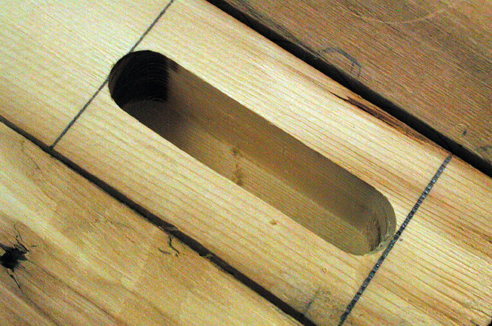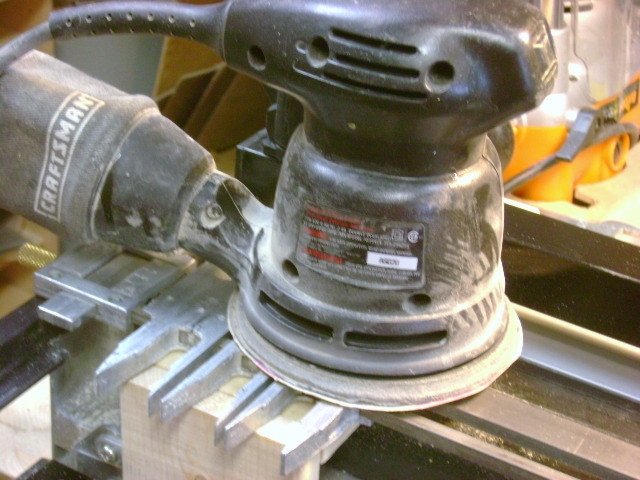Well, some disappointment for me this week:
After checking some metal heat treating companies here I find that they have (understandably) a $60.00 minimum for processing materials. The sort of leaves us little guys out unless we have a whole batch of tools to do at one time.
This has never been my good fortune.
So, luckily I had a casting furnace sitting around for years with nobody asking for one so it is now pressed into service as a heat treating unit.

Showing here is the furnace with a stainless steel umbrella stand and small electric heater to preheat the canola oil for quenching the red hot steel. You can use any oil wth a high flash point ( over 400° F and you should be O.K. . ( motor oil will work but I dont' like the smell ) Olive oil corn oil etc etc.
The umbrella stand was fluke that showed up at my local Princess Auto store this week.
I leaks a bit but I will sweat a bit of silver solder around the bottom seam when I have time. ( Another poorly made, great idea from China!)
I needed something taller than my tool steel to prevent spattering - with fiddling, this will work, the heat required is less than 300° F so melting the solder out is not a problem.

This shot shows the two tools I'm making with monel wire leads through drilled holes to dip the hot iron in the canola oil . (This wire was scrounged from the old wire style heating elements from electric stoves.
I could do this with tongs but the wires make it easier to handle the pieces .
Were ready to go so I take the temperature up to 1450° F and let the tools soak at this temp for 20 minutes

.
Now I take them out of the furnace and quickly into the hot oil to quench the steel.
Next step is to clean off the thick black scale with a rag and rinse off the residual oil .
When the furnace drops to 350° I put the tools back in and hold that temperature or 2 more hours to take the brittleness out an give the steel some resilience.

Here's the result , all mottled and looking like junk but hopefully a few minutes with some abrasive and they will be ready to recieve their handles then back to the wood lathe.
Before I get everybody thoroughly confused I should give you some definitions of the stages of metal we are interested in here:
*Annealing* - Softening the tool steel for working, by heating to the hardening temperature and cooling slowly. Slow cooling can be accomplished by burying the steel in an insulating medium such as lime or vermiculite and allowing it to cool to room temperature.
*Hardening* - Heating the steel to the hardening temperature and cooling suddenly by quenching in an oil bath.
*Tempering* - Reheating the hardened steel to the tempering temperature in order to relieve stress induced in the hardening process, and remove some of the hardness in exchange for toughness. Untempered, hardened tool steel is nearly as brittle as glass.



















































